Bennett’s Classification of Tooth Fracture
Bennett classified tooth fractures into five types based on the extent of the fractured teeth. Bennett’s tooth fracture classification is the second most popular after Ellis and Davey’s classification.
It is classified based on the extent of injury to the alveolus and periodontium along with the tooth. Bennett’s classification can be applied to both primary and permanent teeth.
Importance of Bennett’s classification of tooth fracture
Tooth fracture is a serious issue that can lead to high-intensity pain and problems in the oral cavity. It is essential to get it treated, and for its treatment, Doctors have to take the case history so that they don’t miss any details regarding the fractured teeth.
For ease of treatment planning, Doctors use this classification to better understand the extent of fractured teeth.
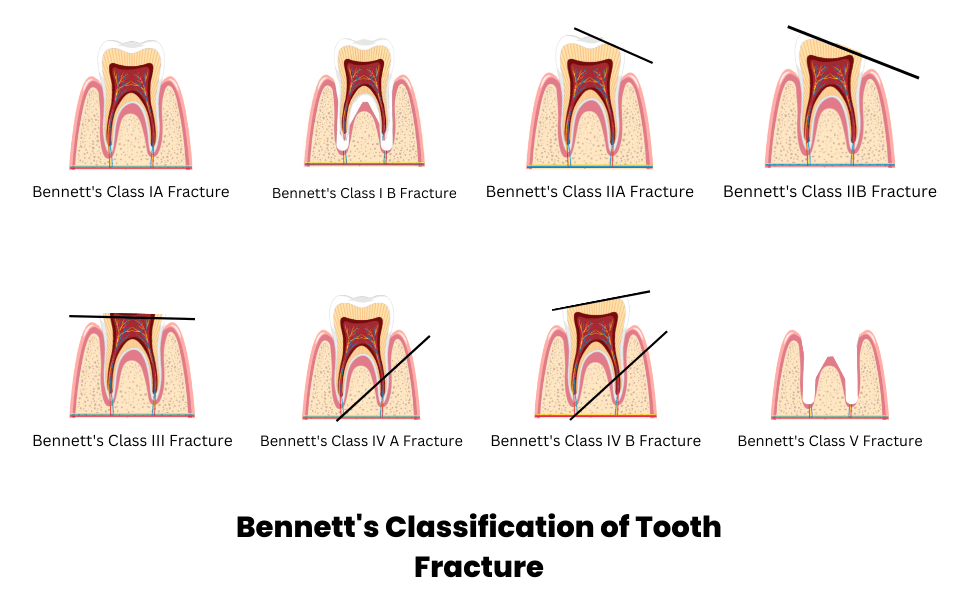
Classification of tooth fracture
The classification involves five classes.
Class I
A tooth with trauma but no Coronal or Radical(Root) fracture. It consists of two sub-categories:
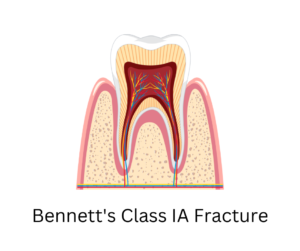
Class I A – Traumatized tooth without luxation(firm tooth)
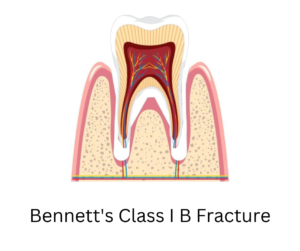
Class I B – Traumatized tooth with subluxation.
Class II
Tooth Fracture in Coronal portion. It also consists of two sub-categories:
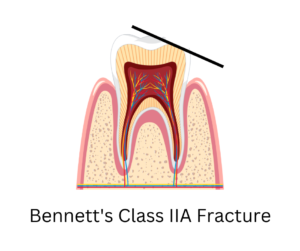
Class II A – Fracture involving Enamel
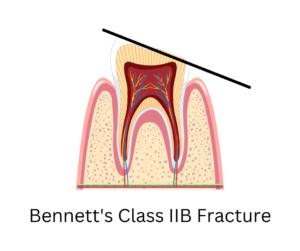
Class II B – Fracture involving Enamel & Dentin
Class III
Class III consists of a traumatized tooth with coronal fracture and pulp exposure.
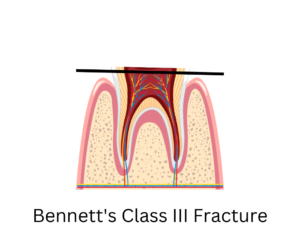
It doesn’t consist of any sub-categories. Any teeth with pulpal exposure fall under this class.
Class IV
A tooth with Root fracture. It has two sub-classes.
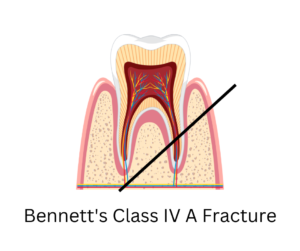
Class IV A – Root fracture without coronal fracture
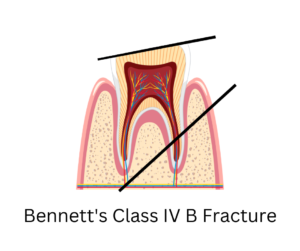
Class IV B – Root fracture with coronal fracture
Class V
Avulsed tooth: Avulsion is a term used for dental injury in which the tooth gets out of the socket.
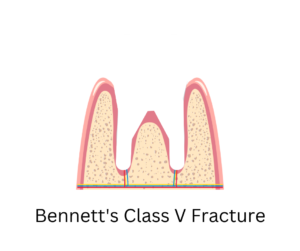
Wrapping Up
Bennett’s classification has many drawbacks, due to which it is lesser used by physicians. On the other hand, Ellis classification is more precise and easy to apply.